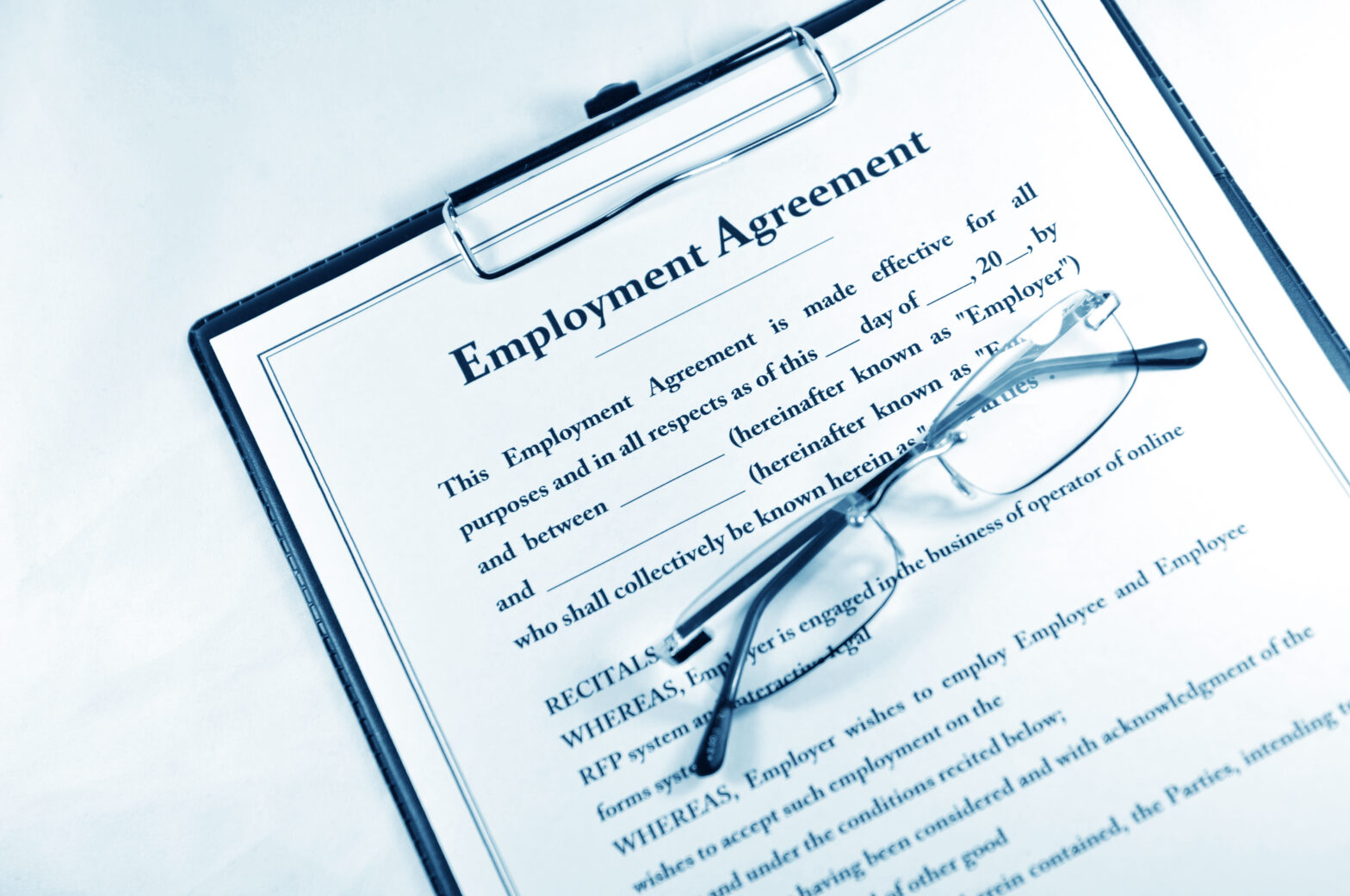Last week’s long-awaited Supreme Court ruling in the Uber case has far reaching ramifications for any small business that engages self-employed individuals, in all sectors.
Drivers, engaged by Uber on a self-employed basis, brought a claim that they were not in fact self-employed; instead, they claimed they were “workers” and were therefore entitled to statutory pay, compliant with the National Minimum Wage (NMW) for all “working” time. Included in the claim were rights to statutory benefits, such as paid holidays.
And the court has ruled in the drivers’ favour, potentially costing Uber up to £20,000 per driver.
Uber’s defence was that its arrangement with drivers was typical of the private hire or “gig-economy” industry.
However the implications of the ruling may extend to any which currently engages self-employed consultants or independent contractors.
>See also: What are the benefits of agile working? – a small business guide
The crux of the issue
Many would imagine that a someone found to be a “worker” in this case would be classed as an employee, not as self-employed. However, confusion on these categorisations is where the crux of the whole issue lies.
A worker is not the same as an employee. The status can best be described as a “half-way house” between employment and self-employed. “Workers” are entitled to statutory pay and benefits, but not full employment rights.
So a worker has no right to bring a claim for redundancy but could claim for unpaid wages, backdated holiday pay and unlawful discrimination.
To add further complication, there is a difference in determination in tax law and employment law differ, which can be highly confusing for business owners.
Tax law is binary and recognises only employed or self-employed categories, whereas in employment law there is this middle category of worker status. So, somebody could be found to be self-employed for tax purposes but a worker for employment rights. In short, all employees are workers but not all workers are employees.
The dangers of non-expert influence
Even many of those in charge of these issues – legislators, business leaders, and so on – find the determination of self-employed, worker and employee status complex confusing.
And for small business owners, the situation is not helped by the fact advice is normally taken from accountants, or via the HMRC on-line CEST checker. Neither of these channels are likely to provide an option for “worker” status because, as previously mentioned, the status is not recognised for tax purposes.
Despite this lack of understanding, worker status is not new: it is defined as “any individual who undertakes to do or perform personally any work or service for another party, whether under a contract of employment or any other contract”. The definition continues: “It does not matter if the contract is express or implied, verbal or in writing, provided the individual undertakes to perform the work or services personally, for an end-user who is not a client or a customer”.
‘Sole traders, engaged on a self-employed basis, may in fact be workers’
Sound familiar? That’s because many sole traders, engaged on a self-employed basis, may in fact be workers, with the individual themselves and their engager unaware of this. It is usually only when disputes arise that legal challenges are made.
>See also: How to tell your staff they’re working reduced hours
The three tests of self-employed status
There are three main tests used in employment tribunals which determine true self-employed status:
- There is no ongoing mutuality of obligation – the employer is not obliged to provide work and the individual is not obliged to accept on an ongoing basis
- The individual does not work under the control of the company – the more a self-employed person works under the control and direction of the employer, or is integrated into the business, the more it moves towards worker or employee status
- The individual has an unfettered right to provide a suitable substitute to carry out the service to be provided and the employer cannot refuse or determine who the substitute can or can’t be
There is no specific weighting to these, and, in disputed cases, judgments will be based on the whole picture. But fundamentally, somebody who is self-employed should be running their own business, marketing and providing a service to the world at large and it is the “service” they are providing, not their personal service or skill. Once the tests above start to not be met, that’s where the grey areas of potential dispute come in.
Deciding factors in the Uber case
In the case of the Uber drivers, a key factor of their claim was that Uber exerted a greater degree of control and influence over how drivers did their work and over how much they could charge, to the extent that they were found to be working under a high level of subordination and dependency.
However, they were not found to be employees as there was no mutuality of obligation in place; they could choose when to work.
One key ruling to come out of the Supreme Court in this case is that the statutory determination of being found to be a worker trumps whatever contractual terms may have been agreed and signed between the parties. So while it is important to set out the contractual arrangements, the words on paper may be invalid if one or more of the tests I have laid out above are met.
What the Uber ruling means for your small business
So, what does the Uber ruling mean for your small business? Some examples may help.
A typical self-employed person may be a freelancer engaged to provide their personal skill and service, not “running a business”. They can refuse the work, so there is no mutuality of obligation, meaning they can’t be an employee. However, they will probably also have no right to send a substitute, so they can’t be truly self-employed either.
Often these freelancers are acting as self-employed out of choice and in many sectors – sports coaches, golf pros, tutors, physios, designers, architects, rent-a-chair in hair salons, for example. These people may well fall into worker category, given their inability to send a substitute to fulfil the work.
Then there are numerous business models where individuals have no choice but to be engaged as self-employed, where they are effectively compelled to accept self-employed terms and where this can amount to exploitation of usually low paid, vulnerable individuals.
Self-employment is increasingly used here as a means of competing on price, to minimise costs in sectors like cleaning and care. Here, individuals are often – not always – unlikely to be running their own businesses and, as noted in the Uber case, not receiving statutory pay for all working hours and benefits such as holiday pay.
As I mentioned before it’s the reality of the situation which counts, irrespective of written agreements and the choice of either party. That’s why, especially in light of last week’s ruling, it’s so important to take professional HR and employment law advice.
The CIPD/IES “Reforming Employment Status” report, which I was involved in on behalf of The HR Dept to represent the issues that small businesses face, has called for the Government to fundamentally address employment status and abolish worker status.
The Government had set out to review this within its Good Work Plan in 2018. The time for fundamental review is now, as it’s a complex area of law with many hidden risks, of which many business owners are completely unaware.
Jill Bottomley is a director at The HR Dept
Further reading
This change to the furlough scheme could lead to more costly redundancies





